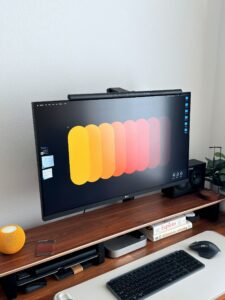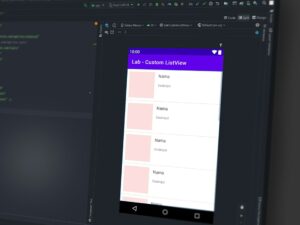Instructions on How to Take Screenshots While Scrolling on Windows and macOS

Instructions on How to Take Screenshots While Scrolling on Windows and macOS
There are times when you want to record a complete website, conversation, or document, but it doesn’t fit on a single screen. This is something that all of us have experienced. Most screenshots only capture what is visible to the user, keeping the remainder of the screen hidden from view. This is where scrolling screenshots come in helpful, as they enable you to record lengthy web pages, discussion threads, or listings in a single, tidy picture.
In the event that you have been curious about how to do this task on Windows or macOS, the following is a helpful instruction that demonstrates how you may accomplish it, sometimes without even the need for additional software.
Why Screenshots From Scrolling Are Important
Instead of stitching together many images, scrolling between screenshots is a more efficient way to save time and maintain clarity. You may give your buddy a single, comprehensive photo that shows the whole narrative rather than sending them three or four images of a site that have been cropped at different angles.
Scrolling screenshots make it much easier to organize material, which is beneficial for anybody who wishes to preserve thorough references, including bloggers, researchers, students, and all other individuals.
Utilizing Windows to Take Screenshots While Scrolling
The Snipping Tool and Snip & Sketch applications that come pre-installed with Windows do not come equipped with a scrolling screenshot tool by default. But this does not imply that you are completely out of luck.
These days, a lot of popular browsers like Microsoft Edge and Firefox come equipped with scrolling capture capabilities right out of the box.
In the case of Microsoft Edge, for instance:
- Activate the site that you want to screen capture.
- In the upper-right hand corner, you will see a menu with three dots.
- To capture the whole page, choose Web Capture and then select Capture complete page.
- The whole screenshot of the scrolling function may be seen in preview mode and saved as an image file.
- Right-clicking on the website, selecting Take Screenshot, and then selecting Save whole page are all options that are available to you if you are using Firefox.
Assuming that your objective is to capture complete web pages, you will find that these built-in browser features are quite successful. There is a possibility that you may still need third-party solutions for applications, documents, or anything else that is not browser-based; nevertheless, for the majority of internet material, these free choices are sufficient.
Taking Screenshots While Scrolling on macOS macOS does not come with a native scrolling capture capability that is compatible with all browsers; nevertheless, there are ingenious workarounds that may be used, particularly inside software applications.
You are able to do the following with Safari:
- Activate the site that you want to screen capture.
- To access the Developer tools, use the combinations Command, Option, and I.
- Start by pressing Command, Shift, and P, and then enter “Capture full size screenshot” into the search bar.
- Safari is capable of saving a full screenshot of the whole page, which may be scrolled through.
Utilize the built-in screenshot tools that are located under the browser menus or extensions for Chrome or Firefox on macOS. This approach is similar to the one used for Windows.
This is because macOS users often depend on third-party programs for activities that do not involve the internet, such as scrolling screenshots of lengthy PDFs, chat applications, or system windows. You are able to try out some programs before purchasing them by downloading trial versions.
When Utilizing Tools for Third Parties Is Worth It
For situations in which you often need scrolling images that go beyond web pages, such as lengthy chat discussions in desktop applications, spreadsheets, or design tools, it may be worthwhile to investigate specialist applications. In addition, they have additional capabilities like as annotation, editing, and automated storing, which make the process of often recording more efficient and structured.
For the vast majority of individuals, however, the built-in functions of the browser will satisfy the bulk of their day-to-day requirements, and you won’t have to install anything else.
The ability to store, distribute, and archive whole material that does not fit on a single screen is made much simpler by scrolling images. There are browser-based applications that can handle the majority of online captures with only a few clicks, regardless of whether you are using Windows or macOS.
You now know that you can get the complete tale, which will help you keep your digital life a bit more organized. If you have ever felt trapped recording just what is visible, you now know that you can do so.




